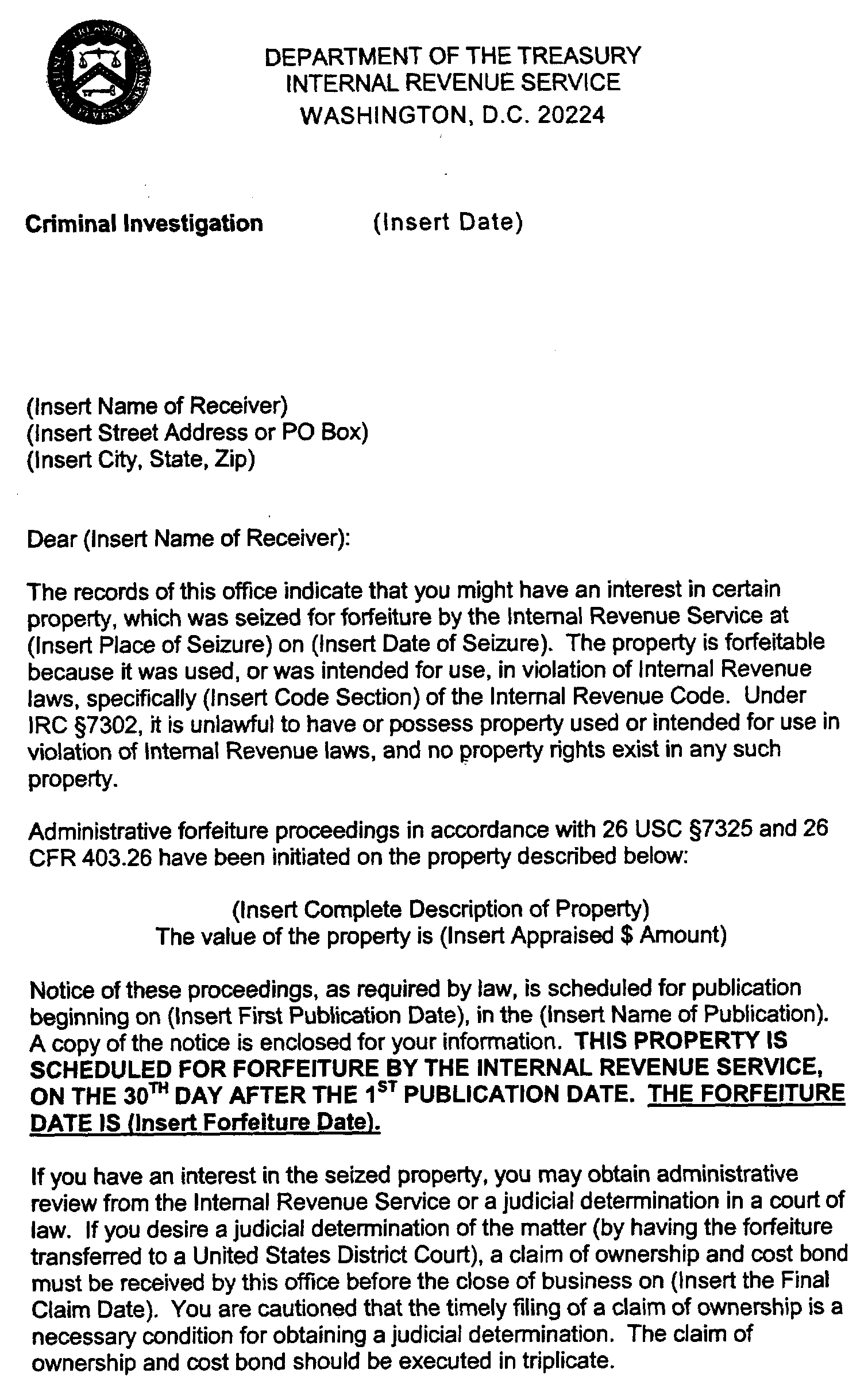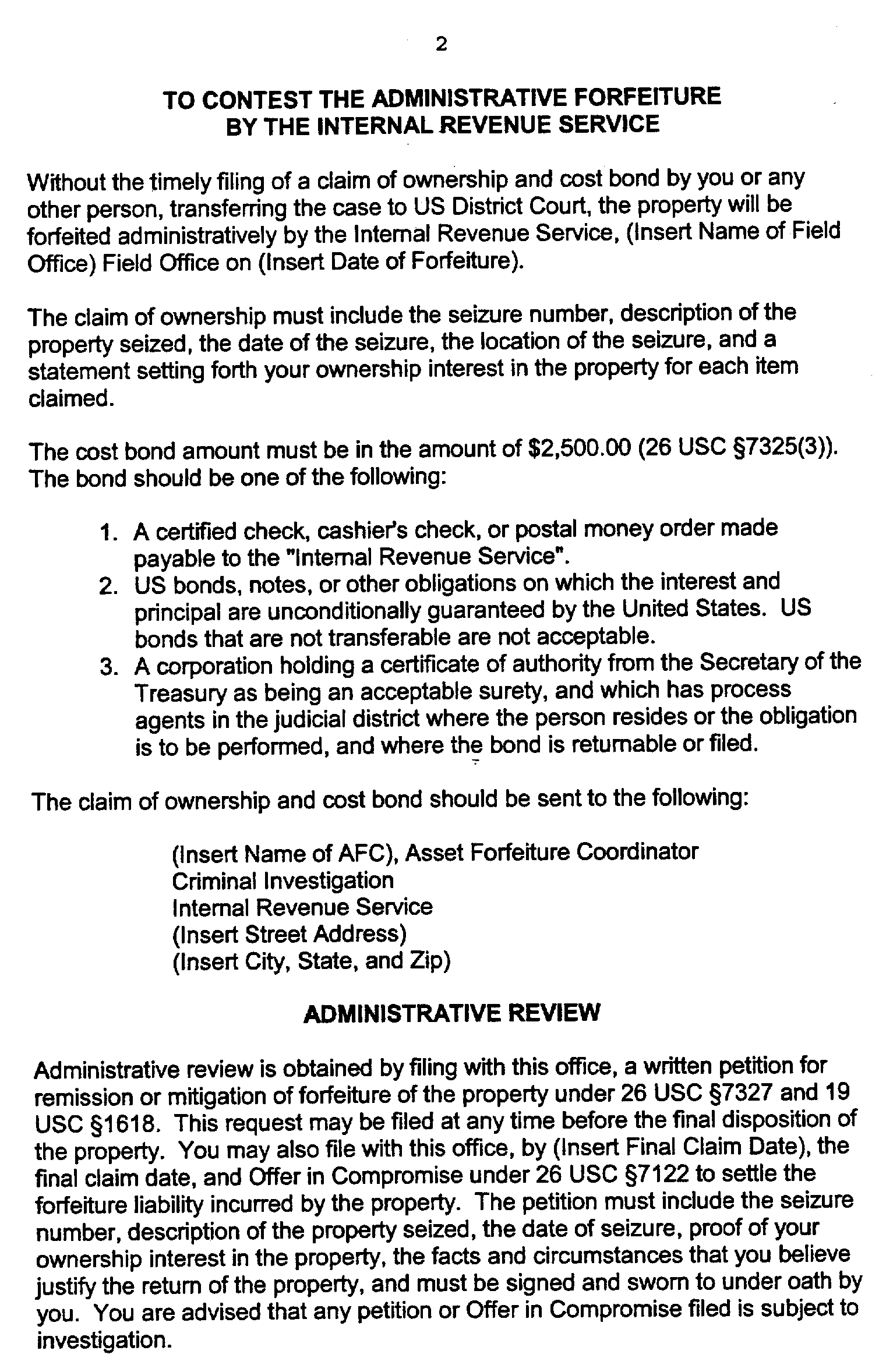- 9.7.13 Title 26 Seizures for Forfeiture
- 9.7.13.1 Program Scope and Objectives
- 9.7.13.1.1 Background
- 9.7.13.1.2 Authority
- 9.7.13.1.3 Roles and Responsibilities
- 9.7.13.1.4 Program Management and Review
- 9.7.13.1.5 Program Controls
- 9.7.13.1.6 Acronyms and Terms
- 9.7.13.1.7 Related Resources
- 9.7.13.2 Authority to Seize and Forfeit Assets
- 9.7.13.2.1 Authority Granted in 26 USC 7301
- 9.7.13.2.2 Authority Granted in 26 USC 7302
- 9.7.13.3 Property Subject to Seizure
- 9.7.13.3.1 Seizures Pertaining to Internal Revenue Code 6050I
- 9.7.13.3.2 Burden of Proof
- 9.7.13.4 Pre-Seizure Considerations
- 9.7.13.4.1 Pre-Seizure Involvement of Criminal Tax Counsel
- 9.7.13.4.2 Disclosure of Tax Return or Return Related Information
- 9.7.13.4.3 Contacts with Small Business Self Employed Unit
- 9.7.13.4.4 Title 18 Forfeitures in Tax or Tax-Related Investigations
- 9.7.13.4.5 The Relation Back Doctrine
- 9.7.13.4.6 Seizing Potentially Contaminated Property
- 9.7.13.4.7 Seizing Perishable Goods
- 9.7.13.5 Methods of Seizure
- 9.7.13.5.1 Warrant of Arrest “In Rem”
- 9.7.13.5.2 Seizure Warrant
- 9.7.13.5.3 Title 26 Seizures Incident To Lawful Arrest or Search
- 9.7.13.5.4 Adoptive Seizures
- 9.7.13.6 Processing Seized Assets
- 9.7.13.6.1 Currency
- 9.7.13.6.2 Financial Accounts
- 9.7.13.6.3 Financial Instruments
- 9.7.13.6.4 Personal Property
- 9.7.13.6.5 Real Estate - Title 26 Forfeiture
- 9.7.13.6.6 Appraisal of Seized Property
- 9.7.13.7 Processing a Forfeiture
- 9.7.13.7.1 Statute of Limitations
- 9.7.13.7.2 Property Subject To Judicial Forfeiture Under Title 26
- 9.7.13.7.3 Obtaining Approval to Forfeit
- 9.7.13.7.4 Notice of Intent to Forfeit
- 9.7.13.7.5 Notice of Seizure
- 9.7.13.7.6 Administrative Forfeiture
- 9.7.13.7.7 Judicial Forfeiture
- 9.7.13.8 Restraining Actions
- 9.7.13.8.1 Petitions for Remission or Mitigation of Forfeiture
- 9.7.13.8.2 Claim and Cost Bond
- 9.7.13.8.2.1 Processing a Cost Bond
- 9.7.13.8.3 Offers in Compromise
- 9.7.13.9 Disposition of Forfeited Assets
- 9.7.13.9.1 Disposition Instructions for Assets Other than Currency
- 9.7.13.9.2 Funds Generated from the Sale of Forfeited Assets
- 9.7.13.9.3 Official Use of Forfeited Property
- 9.7.13.9.4 Disposition of Contaminated Property
- 9.7.13.9.5 Disposition of Perishable Goods
- 9.7.13.10 Expenses Incidental to Forfeiture
- Exhibit 9.7.13-1 Notice of Intent to Forfeit Letter
- Exhibit 9.7.13-2 Form 9365, Application to Proceed In Forma Pauperis
- 9.7.13.1 Program Scope and Objectives
Part 9. Criminal Investigation
Chapter 7. Asset Seizure and Forfeiture
Section 13. Title 26 Seizures for Forfeiture
9.7.13 Title 26 Seizures for Forfeiture
Manual Transmittal
November 24, 2025
Purpose
(1) This transmits revised IRM 9.7.13, Title 26 Seizures for Forfeiture.
Material Changes
(1) Updated internal controls.
(2) Updated all IRM’s, forms, and CFR references to quick links throughout the IRM.
(3) Updated “Area Counsel” to “CT Counsel” throughout the IRM.
(4) Updated “FMSS” and “AWSS” to “ARIS” throughout the IRM.
(5) Updated “Director, Operations Policy and Support” to “Director, Global Operations Policy & Support” throughout the IRM.
(6) Subsection 9.7.13.3(1) removed the first sentence “In order to determine what type of property is subject to seizure, you must first look at the type of property that can be forfeited under Title 26.”
(7) Subsection 9.7.13.3(2) reworded the last three sentences for clarity.
(8) Subsection 9.7.13.4 updated entire section to current procedures.
(9) Subsection 9.7.13.4.1(4) updated title and replaced “have to” with “must”.
(10) Subsection 9.7.13.4.2(1) updated first sentence to “Title 26 forfeitures are related to tax administration and, as such, subject to the disclosure ......”
(11) Subsection 9.7.13.4.2(2) removed “Statement of Work (H-2), IRSAP 1052.224-70(c) Disclosure of Information.”
(12) Subsection 9.7.13.4.4.2 updated to current procedures.
(13) Subsection 9.7.13.4.4.3 updated entire section to current procedures.
(14) Subsection 9.7.13.4.5 removed “Technically” and “Accordingly”.
(15) Removed subsection 9.7.13.5(1)(d) “Adoptive seizures.”
(16) Subsection 9.7.13.6.1(1) replaced “The majority of” to “Most”.
(17) Subsection 9.7.13.6.1(2) replaced the street address “110 N. Heber St” with “P.O. Box 9002.”
(18) Subsection 9.7.13.6.6(4) replaced “using Form 1334, Requisition for Equipment, Supplies, or Services” with “Contact ARIS and/or the field office budget analyst for assistance with the procurement process.”
(19) Subsection 9.7.13.7.3(1) replaced “your area” with “the field office.”
(20) Subsection 9.7.13.7.3(2) replaced “has to” with “must”.
(21) Subsection 9.7.13.7.4(2) removed “the newspaper” and added “See Forfeiture.gov for more information.”
(22) Subsection 9.7.13.7.6 removed reference to Exhibit 9.7.5.1.
(23) Subsection 9.7.13.7.7(1) replaced “as a result of a” with “after the”.
(24) Subsection 9.7.13.8.2.1(1)(b) replaced the street address “110 N. Heber St” with “P.O. Box 9002.”
(25) Subsection 9.7.13.8.3(3) added “Deputy” before director.
(26) Subsection 9.7.13.9.1(3) removed “The sale of judicially forfeited property would normally be the responsibility of the US Marshal Service. However, they will most likely request that the”, “If this occurs”, and “The AFC can also contact AWSS and request their assistance.”
(27) Updated Exhibit 9.7.13-1, Notice of Intent to Forfeit Letter to current document.
(28) Updated Exhibit 9.7.13-2, Form 9365, Application to Proceed In Forma Pauperis to current document.
(29) Editorial changes made throughout the IRM that did not result in substantive changes but contributed to clarity of the subject matter.
Effect on Other Documents
This IRM supersedes IRM 9.7.13 dated February 24, 2025.Audience
Criminal InvestigationEffective Date
(11-24-2025)
Justin H. Campbell
Acting Deputy Chief, Criminal Investigation
for
Guy A. Ficco
Chief, Criminal Investigation
-
Purpose: This section provides detailed guidelines for the roles and responsibilities of Criminal Investigation employees and government partners, as it relates to the procedures for Title 26, Seizures for Forfeiture.
-
Audience: All Criminal Investigation employees.
-
Policy Owner: Executive Director, Global Operations Policy & Support.
-
Program Owner: Director, Asset Recovery and Investigative Services under Global Operations Policy & Support.
-
Primary Stakeholders: All Criminal Investigation employees.
-
Contact Information: To make changes to this IRM email *CI-HQ-IRM.
-
There are only two methods of forfeiture under Title 26, administrative and civil judicial. These methods are commonly referred to as “code forfeitures” or “Title 26 forfeitures.” There is no provision for criminal forfeiture. Only property used, or intended to be used, to violate the Internal Revenue laws can be forfeited. Proceeds of such a violation is not forfeitable. In addition, there are no “tracing” provisions with code forfeitures. Accordingly, the property purchased with proceeds is also not forfeitable.
-
This section deals only with Title 26 forfeitures. Because these forfeitures must involve violations of the Internal Revenue laws, the guidelines and requirements that must be followed differ in many ways from those involving Title 18 forfeitures. This section provides information on the authority of the special agents to seize, the type of property authorized to be seized, methods that can be used when making a seizure, and the pre- seizure issues that must be considered. It also explains the steps necessary to process a forfeiture, the types of actions that can be filed by claimants prior to forfeiture, and the means available for disposing of forfeited assets.
-
See IRM 9.1.2.7.1, Title 26 Seizures, for the delegated authority relating to IRM 9.7.13, Title 26 Seizures for Forfeiture.
-
The authority to seize property subject to forfeiture under any provision of Title 26 is granted to the Secretary of the Treasury in 26 USC 7321.
-
The Secretary's authority is delegated to the Commissioner of Internal Revenue Service in Treasury Order 150-10.
-
IRM 1.2.2.10.1 - Delegation Order (DO) 9-1, (Formerly DO-157, Rev 7)1, Seizure and Forfeiture of Personal Property, further delegates seizure authority to special agents.
-
The Director, Asset Recovery and Investigative Services is responsible for developing, maintaining, and overseeing this IRM and ensuring compliance with current policies and procedures.
-
The Director, Asset Recovery and Investigative Services, will:
-
Review this IRM annually for procedural, operational, and editorial changes.
-
Ensure internal control content is complete, accurate, and reviewed annually.
-
Update this IRM when content is no longer accurate.
-
Incorporate interim guidance into the next revision of this IRM section prior to the expiration date.
-
-
The Director, Asset Recovery and Investigative Services will review and oversee their program as well as ensuring employee compliance with all applicable elements of this IRM.
-
The Director, Asset Recovery and Investigative Services will review the instructions and guidelines relating to the investigation of tax returns and other IRS documents for procedural, operational, and editorial changes.
-
The following table lists the acronyms used throughout this IRM section and their definitions:
Acronym Definition AFC Asset Forfeiture Coordinator AFTRAK Asset Forfeiture Tracking and Retrieval System ARIS Asset Recovery and Investigative Services CI Criminal Investigation CT Criminal Tax DFO Director, Field Office DOJ Department of Justice Fed. R. Crim. P. Federal Rules of Criminal Procedure Rule GSA General Services Administration SAC Special Agent in Charge SBSE Small Business Self Employed TEOAF Treasury Executive Office of Asset Forfeiture TFF Treasury Forfeiture Fund USAO United States Attorney's Office USPS United States Postal Service
-
IRM 1.2.2.10.1 - Delegation Order (DO) 9-1, (Formerly DO-157, Rev 7), Seizure and Forfeiture of Personal Property.
-
IRM 9.4.2, Sources of Information.
-
IRM 9.7.4, Pre-Seizure Planning.
-
IRM 9.7.8, Disposition of Seized and Forfeited Property
-
The authority to seize property subject to forfeiture under any provision of Title 26 is granted to the Secretary of the Treasury in 26 USC 7321. The Secretary's authority is then delegated to the Commissioner of Internal Revenue Service in Treasury Order 150-10. See IRM 1.2.2.10.1 - Delegation Order (DO) 9-1, (Formerly DO-157, Rev 7), Seizure and Forfeiture of Personal Property, further delegates seizure authority to special agents.
-
The two primary statutes by which property can be forfeited are 26 USC 7301 and 26 USC 7302.
-
26 USC 7301 provides for the forfeiture of taxable property which is in the custody of any person intending it to be sold, removed, concealed, or deposited to defraud the United States of the tax, or is possessed with the intent to avoid payment of the tax. It also provides for the forfeiture of assets used to manufacture, contain, or transport the taxable property that is the object of the fraud or evasion scheme.
-
As an example, 26 USC 7301 has been used to seize property for violations of the motor fuels excise tax laws. Motor fuels are considered a taxable property under 26 USC 7301(a). Accordingly, it follows that any equipment that is used (such as computers used to track sales) under 26 USC 7301(c), any storage facilities for fuel under 26 USC 7301(d), and any trucks that are used to transport fuel under 26 USC 7301(e), are all forfeitable if the fuel excise tax has been, or is intended to be, evaded.
-
26 USC 7302 provides for the forfeiture of any property used, or intended for use, in violation of the provisions of the Internal Revenue laws or regulations prescribed under such laws. It is the more commonly used statute for a Title 26 forfeiture. The wording of 26 USC 7302 is very broad. Although 26 USC 7302 authorizes the seizure and forfeiture of any property used, or intended to be used, to violate any of the Internal Revenue laws, it is not to be used as a substitute to the collection of taxes. Consequently, most Title 26 forfeitures have involved property used to violate the provisions of the wagering tax laws (26 USC 4401, 26 USC 4411, 26 USC 4411, and 26 USC 4412), the sale of motor fuels (26 USC 4081 and 26 USC 4091), and, to a lesser degree, the equipment used in these tax fraud schemes. Forfeiture can also apply to other sections, such as the sale of tires in 26 USC 4071.
-
The same assets listed in subsection 9.7.13.2.1 above, can also be forfeited under 26 USC 7302 as property intended to be used to facilitate a violation of the Internal Revenue laws or its regulations. In addition, other applications of 26 USC 7302 have occasionally occurred. For example:
-
A luxury car was forfeited because it was the investment object of a fraudulent tax shelter.
-
In false refund investigations, computers and other equipment have been forfeited because they were used in the false refund operation.
-
In wagering investigations, the currency or "bank" that was maintained by the operator of the business, was forfeited since the currency was needed in order to provide a sufficient supply of ready cash to meet the demands of the wagering business, that is, to pay off its winners.
-
-
Theoretically, 26 USC 7302 can be used to forfeit assets attributable to violations of 26 USC 6050I. Form 8300, Report of Cash Payment over $10,000 Received in a Trade or Business, is required. However, as explained in subsection 9.7.13.3.1 below, the absence of a tracing provision in 26 USC 7302 makes these forfeitures very difficult to support. Unless the seizure occurs immediately after the transaction requiring the filing of a Form 8300, the money involved in the transaction would typically have already been deposited into the bank or else used in a subsequent transaction that would necessitate tracing.
-
The language of 26 USC 7301 and 26 USC 7302 does not specifically limit what type of property can be forfeited; however, the Title 26 forfeiture regulation, 26 CFR Part 403.1, only addresses forfeiture of personal property. In addition, D9-1 only authorizes special agents to seize personal property. Since 26 USC 7301 and 26 USC 7302 do not have a tracing provision, only the actual property used or intended to be used in violation of Internal Revenue laws is forfeitable. If the property is sold, traded, or exchanged for other property, then that other property is not forfeitable under Title 26. In addition, other property not subject to Title 26 forfeiture includes:
-
Assets that are the proceeds of the Title 26 violation (i.e., fraudulent refund checks).
-
Non-gaming amusement machines because there is no annual special occupational tax imposed on such machines.
-
Evidentiary records, such as books, ledgers, papers, and similar property.
-
Leased property, since the lessor will generally be an innocent owner.
-
-
Property seized under Title 26 can be either non-divisible or divisible. An example of non-divisible property would be an automobile. Once an automobile has been used to facilitate a violation of Title 26, the entire automobile is forfeitable. The owner cannot argue that the automobile was only used 50 percent of the time, thereby requesting that 50 percent of the value be returned. Divisible property, on the other hand, is property that can be divided into smaller parts yet still retain the characteristics of the larger asset. Examples would be currency, gasoline, and diesel fuel. To seize divisible property, the government is only required to present a prima facie case regarding the forfeitability of a portion of the property. However, the owner can provide some basis upon which the government can separate a portion of the property that was not used or intended to be used to violate the Internal Revenue laws. If the owner can show this, then that portion of the property must be returned. This possibility should be considered in the pre-seizure planning stage of the seizure.
-
In transactions that violate 26 USC 6050I, the purchased item is not forfeitable because it is not an instrument of the crime.
Note:
Forfeiture might be possible under 18 USC 981 or 18 USC 982 if the property used in the transaction represented proceeds from a specified unlawful activity. The money involved in the transaction that required the filing of the Form 8300 would also be difficult to forfeit. Typically, this money is deposited into the bank or used in a subsequent transaction. Absent a tracing provision, this money cannot be seized.
-
A business could be forfeitable if it could be shown that the primary reason for the existence of the business is to facilitate 26 USC 6050I violations. This would be very rare and would require advance pre-seizure planning with Criminal Tax (CT) Counsel assigned to your field office.
-
The burden of proof to seize property under Title 26 is probable cause. Although probable cause is technically all that is needed to forfeit property, several court cases have ruled that a preponderance of evidence is required before the asset can be forfeited.
-
Pre-seizure planning for a Title 26 seizure is similar to the pre-seizure planning that is conducted for a Title 18 seizure. A review of IRM 9.7.4, Pre-Seizure Planning, which specifically addresses procedures relative to Title 18 seizures, should be completed prior to executing any seizure.
-
The first item to consider is the likelihood of the United States prevailing in the ensuing forfeiture action. Properly planning the seizure and anticipating any potential weaknesses and pitfalls that could prevent a successful forfeiture are key. Early consultation with CT Counsel and the United States Attorney's Office (USAO), subject to appropriate disclosure limitations contained in subsection 9.7.13.4.2 below, will assist in laying the proper groundwork for seizure and forfeiture actions.
-
There are differences in a Title 26 seizure that require different procedures to be followed. In Title 26 forfeitures, the seized property contractor utilized in Title 18 seizures cannot be used. ARIS will advise on the process to secure, store, maintain, and dispose of seized and forfeited property. Guidance and instructions pertaining to Title 26 seizures, come from existing federal regulations, and not from other sources, such as the Treasury Executive Office for Asset Forfeiture (TEOAF).
-
Property that is seized and eventually forfeited in a Title 26 forfeiture belongs solely to the IRS. Proceeds must be deposited into the General Fund and are not subject to sharing with other law enforcement agencies. Arrangements for obtaining services and paying expenses will be up to the individual field office and should be addressed in the pre-seizure stage of the action. For example, most expenses (i.e., towing, locksmiths, etc.) can be paid with a government issued credit card. Expenses incurred relative to a Title 26 forfeiture are not subject to reimbursement by the Treasury Forfeiture Fund (TFF).
-
CT Counsel must be involved in all Title 26 forfeitures at the pre-seizure stage of the potential action.
-
For administrative seizures, they will review the affidavit for the seizure warrant and related Enforcement Action Review form prior to providing written advice to the Special Agent in Charge (SAC).
-
CT Counsel can also assist by determining such things as whether an existing IRS lien affects the seizure, and if it should be released or enforced.
-
Although CT Counsel can recommend that a forfeiture action be initiated, most must be referred to CT Division Counsel for approval.
-
Title 26 forfeitures are related to tax administration and, as such, subject to the disclosure restrictions contained in 26 USC 6103. Therefore, in Title 26 forfeiture investigations special agents may access tax information pursuant to 26 USC 6103(h)(1). Disclosure to the Department of Justice (DOJ) and the USAO for the purpose of obtaining a Title 26 seizure warrant is permitted pursuant to 26 USC 6103(h)(2) and 26 USC 6103(h)(3).
-
Tax return or tax return information may be disclosed to appropriate contract employees for the purpose of carrying out the provisions of its contract with the IRS.
-
The special agent responsible for the proposed seizure is also responsible for coordinating any action that might be anticipated by the Small Business Self Employed Unit (SBSE). Some determinations that can be made include:
-
Explaining that once forfeited, the proceeds cannot be used to satisfy an outstanding tax liability.
-
Ensuring that SBSE does not file any liens after the seizure without Criminal Investigations (CI) knowledge.
-
Requesting that SBSE release any liens filed prior to the seizure, if appropriate, pursuant to the Relation Back Doctrine.
-
-
It is the general practice of CI that Title 18 seizure/forfeiture authority will not be used in tax or tax-related investigations. However, there may be instances where Title 18 seizure/forfeiture provisions are appropriate in tax or tax-related investigations. The purpose of this section is to provide guidance on the use of these statutes in tax investigations.
-
Additionally, the use of such forfeitures in tax and tax-related investigations may require approval by the DOJ, Tax Division pursuant to the provisions of Tax Division Directive 128.
-
The use of Title 18 seizure/forfeiture authority in tax or tax-related investigations will be limited to egregious situations where no reasonable alternative is available. These situations typically arise in, but are not limited to, refund fraud investigations.
-
Title 18 forfeiture authority in tax or tax-related investigations is applicable through use of the money laundering statutes (18 USC 1956 or 18 USC 1957); alleging mail, wire or bank fraud as the underlying specified unlawful activity. This application of the money laundering statutes is predicated on the fact that virtually all tax returns or refunds involve use of the United States Postal Service (USPS), electronic transmission by wire, or a financial institution (e.g., Refund Anticipation Loans).
-
Seizures for forfeiture in tax or tax-related investigations must be reviewed by CT Counsel, have the concurrence of the Director, Field Operations (DFO), and be approved by the Chief, CI. If approved, the Chief, CI will then refer the matter to the requesting SAC. If a judicial case, the field office will prepare a transmittal memorandum and forward the request to Tax Division for authorization to pursue a judicial forfeiture action pursuant to Tax Division Directive 128.
-
Use of Title 18 forfeiture provisions in tax and tax-related investigations is appropriate to recover significant, wholly fraudulent tax refunds or property traceable to such refunds, regardless of the taxpayer’s knowledge of or complicity in the filing of the return that generated the refund or the taxpayer’s receipt of any portion of the fraud proceeds, so long as:
-
the refund is produced by a wholly false return, and
-
there are no practical civil remedies available to recover the property at issue.
-
-
Time is of the essence when considering a seizure action. Some types of assets (particularly currency or cash on deposit) can easily be placed outside the reach of the government. In some instances, a decision to utilize Title 18 forfeiture provisions is made after the seizure of an asset (e.g. search warrants). There may be instances, when an asset is seized during a search warrant without the pre-seizure approval. This should happen infrequently, and no forfeiture action should proceed without the required approval. In any case where it is anticipated that forfeiture will be pursued under Title 18, approval will be sought prior to forfeiture, and as early as practicable.
-
A memorandum from the SAC; through the DFO; to the Director, ARIS will be prepared. The memorandum will contain the following information:
-
A summary of the investigation.
-
An explanation as to why IRS collection methods cannot adequately protect the asset(s) subject to forfeiture and why the assets are at immediate risk.
-
An explanation as to why Title 26 seizure/forfeiture provisions are inapplicable.
-
Sufficient facts and information to determine the potential application of the Title 18 seizures/forfeiture provisions.
-
In those situations where a Title 18 seizure warrant has already been executed, an explanation of the circumstances that prevented the request for approval from being forwarded prior to the seizure execution date.
-
-
A Memorandum of Law and Fact will be obtained from local CT Counsel and will be forwarded with the field office request. Where judicial forfeiture is anticipated, a memorandum of support will be obtained from the appropriate USAO. This advice will be sought within the confines of 26 USC 6103.
-
The SAC will forward the above documents, together with a copy of the seizure warrant and affidavit (if a seizure has already been made) to their DFO for concurrence. The DFO will forward the request to the Director, ARIS. The Director, ARIS will seek the advice and recommendation of CT Division Counsel regarding the request.
-
The Director, ARIS will prepare a memorandum to the Chief, CI through the Director, Global Operations Policy & Support (GO). If approved, the Chief, CI, will refer the matter to the requesting SAC. If a judicial case, the field office will prepare a transmittal memorandum and forward the package to DOJ, Tax Division to pursue a judicial forfeiture.
-
Upon approval by the Chief, CI, the administrative forfeiture action may commence.
-
The Relation Back Doctrine maintains that the government's interest in a particular piece of property is established at the time it is used illegally, unless the statute states otherwise. At that instant, all rights and legal title to the asset pass to the government. Seizure and forfeiture proceedings, which must be undertaken, simply formalize the transfer of ownership that has already taken place. Any liens placed on the property after the date the asset is used illegally are technically liens filed against government property. While third parties generally cannot acquire a legally recognizable interest in the asset after its illegal use, the Supreme Court has ruled that a good faith purchaser for value can assert an innocent owner defense prior to the government obtaining a judgment of forfeiture. In all instances, CT Counsel shall be consulted prior to releasing a tax lien or to releasing the seized property to satisfy a tax lien.
-
Since Title 26 seizures include motor fuel excise tax violations, it is possible that potentially contaminated property, such as a motor fuel tank, farm, barges, gasoline stations, fuel trucks, etc., could be seized. Pre-seizure planning is imperative because of the potential liability and poor marketability of this type of property. It is the policy of the Department of Treasury and DOJ that property contaminated, or potentially contaminated, can only be seized and forfeited with the approval of the USAO in the judicial district where the property is located. The decision whether to seize should be made in consultation with CT Counsel and ARIS. Further information relative to this topic is contained in subsection 9.7.13.9 below.
-
Procedures relative to the seizure of perishable goods are explained in 26 USC 7324. If perishable goods are seized, special concessions are made to the owner of the property who can have the property returned in lieu of having it sold by the government. These concessions should be considered as part of pre-seizure planning. CT Counsel and ARIS should also be consulted prior to seizure. Further information is contained in subsection 9.7.13.9 below.
-
The methods to effect seizures for Title 26 forfeiture are:
-
Warrant of arrest in rem.
-
Seizure warrant.
-
Seizure incident to a lawful arrest or search.
-
-
In very unusual circumstances, property taken from its lawful owner by another individual and then turned over to IRS, can possibly be seized. However, the matter should first be reviewed by CT Counsel and will likely require the issuance of a seizure warrant or a warrant of arrest in rem.
-
A Warrant of Arrest in rem is used to seize property for Title 26 forfeitures when the proceedings are civil judicial. Proceedings in rem are governed by the Supplemental Rules for Admiralty and Maritime Claims. In addition to the USAO, CT Counsel must also be consulted so that they can review the affidavit for the warrant. They must also obtain concurrence from CT Division Counsel before a forfeiture action can be initiated.
-
A seizure warrant is another viable method for making a Title 26 seizure. Consult with CT Counsel since most Title 26 seizures will require the advice of CT Division Counsel. In a judicial matter involving return information in which no Ex Parte Order has been obtained, CT Counsel can assist in preparing the affidavit for the warrant. This is to ensure compliance with the disclosure provisions of 26 USC 6103.
-
26 USC 7302 explicitly provides for forfeiture of property seized pursuant to search warrants issued as authorized in 18 USC Ch. 205 and the Federal Rules of Criminal Procedure. While 26 USC 7301 is silent on the use of search or seizure warrants, they are the preferred methods.
-
If a determination is made that property seized incident to an arrest or a lawful search is subject to forfeiture, the matter must be referred to CT Counsel for their advice. A memorandum, stating the facts and circumstances and fully detailing the evidence that supports forfeiture should be included in the advisory request to CT Counsel. Equally applicable to Title 26 action the TEOAF recommends that property seized incident to an arrest or search warrant, be re-seized utilizing a seizure warrant if it is subsequently determined the property is subject to forfeiture.
-
Although possible, adoptive seizures will be rare since there are no provisions for sharing with state, local, or federal agencies. In Title 26 forfeitures, adoption requests must be reviewed by CT Counsel and are subject to the same review and approval as with Title 18 adoptions.
-
The following subsections are the procedures to be followed when processing seized assets for Title 26 forfeiture. The procedures are similar to those for Title 18 forfeitures, except as noted below.
-
Most case law that addresses Title 26 forfeiture of currency involves the seizure of currency from wagering operations. The courts have upheld the forfeiture of currency when it could be shown the currency was involved in illegal gambling and that it was being used to further the illegal activity, and not merely the proceeds of the activity. It must be shown that it was an "active aid" in the violation. This same logic should be used for other Title 26 forfeiture situations.
-
Domestic and foreign currency seized for Title 26 forfeiture, except when held as evidence or a collectible asset, is to be deposited into the IRS suspense account within five days of seizure. The currency should be converted into a cashier's check or money order made payable to the "Internal Revenue Service" and forwarded to Internal Revenue Service, Beckley Finance Center, P.O. Box 9002, Beckley WV 25802, Attention: Seized Asset Accountant. A copy of the Asset Forfeiture Tracking and Retrieval System (AFTRAK) Seizure Asset Transcript Report, used to record the seizure on AFTRAK should accompany the check.
-
The use of safe deposit boxes or other similar methods of storing seized currency is no longer acceptable, except when necessary for temporary storage or in storing currency to be held for evidentiary purposes.
-
If currency is seized solely for evidentiary purposes or as part of a Title 26 investigation, written approval must be obtained to retain the currency in IRS custody. If the amount is less than $5,000.00, a written request from the USAO, or a memorandum signed by the SAC, must be obtained and maintained in the seizure file. If the amount equals or exceeds $5,000.00, written approval must be obtained from the Director, GO and maintained in the seizure file. If only a portion of the seized currency has evidentiary value, only that portion with the evidentiary value should be retained.
-
If seized currency being held as evidence is later deposited to the IRS suspense account, then its evidentiary value no longer exists, and some action needs to be taken within 60 days of the date of deposit.
-
Financial accounts include checking, savings, money market, mutual funds, and brokerage accounts. They can be either seized or frozen at the financial institution.
-
Unless the account is frozen, immediately upon seizure of the account, the financial institution should be directed to prepare a cashier's check for the value of the account, made payable to the "Internal Revenue Service" . The check should be deposited into the IRS suspense account by following the procedures listed in subsection 9.7.13.6.1(2) above.
-
Unlike Title 18 forfeitures in which financial instruments, promissory notes, and currency are typically forfeited as proceeds of a specified unlawful activity, Title 26 forfeitures require that the asset be used, or intended to be used, to facilitate the crime (i.e., to be an active aid in furtherance of the crime). This requirement and the lack of a tracing provision have made it very difficult to forfeit financial instruments (i.e., postal money orders, personal or business checks, stocks and bonds, etc.) and cashier's checks, using Title 26 statutes.
-
If business, personal, or bank checks are seized, the seizing agent should act expeditiously to ensure the funds are preserved. In addition to notifying the drawee bank, the following procedures should be followed:
-
When the check is made payable to cash or the payee is left blank, the instrument shall be photocopied, and the check should be forwarded to the DFO with a request that it be endorsed in their capacity. The check will be presented to the drawee bank, if possible, or to a cooperating financial institution and utilized to purchase a cashier's check made payable to the "Internal Revenue Service" . The cashier's check should then be deposited to the IRS suspense account by following the procedures listed in subsection 9.7.13.9.1(2) below.
-
When the check is made payable to a designated payee, a letter should be sent from the DFO to the drawee's financial institution advising that the check being presented was seized pursuant to 26 USC 7302. The letter should also request the check be certified until completion of the forfeiture proceedings. The cashier's check written for seized postal money orders, traveler's checks, stocks and bonds, and airline tickets, and for US savings bonds should be made payable to the "Internal Revenue Service" instead of the "US Treasury Department" .
-
-
Unlike Title 18 seizures, personal property that is seized cannot be placed in the custody of the seized property custodian. Arrangements must be made to store the assets in CI space, preferably in a secure evidence room. For small items such as jewelry, collector coins, etc. a safe deposit box is preferred. For larger items such as vehicles, contact ARIS to determine if any low or no-cost storage is available.
-
If real property is authorized to be seized for forfeiture, follow the same real estate transfer and handling procedures as with Title 18 seizures except ARIS will be involved instead of the seized property contractor.
-
Upon seizure for Title 26 forfeiture, all assets must be appraised to assess their current fair market value. DO 9-1 authorizes special agents to estimate the value of seized personal property, and if valued at $100,000 or less, to cause a listing of the seized property to be prepared and to obtain an appraisal.
-
If multiple assets are seized, the special agent must aggregate the value of all the property seized from one owner at one location in determining the $100,000 criteria.
-
If the seized property is valued at $100,000 or less, 26 USC 7325(1) and 26 CFR 403.26 require that a list of the assets, including a description, be prepared. Each item must be appraised by three sworn appraisers, who are respectable and disinterested citizens of the United States residing within the IRS field office wherein the seizure was made.
-
Appraisers can be paid with a government issued credit card or through the normal procurement process. Contact ARIS and/or the field office budget analyst for assistance with the procurement process.
-
If a petition is filed, the relief allowed will be based upon the value of the property as determined by the three appraisals. Should the petitioner request that the property be reappraised, he must make a written request and pay for the costs of such reappraisal.
-
Once an asset has been identified, pre-seizure steps have been taken, and the seizure occurs, an authorization for forfeiture must be obtained. The process, although similar, differs in many ways from the forfeiture process utilized in Title 18 forfeitures. Because Title 26 forfeitures relate specifically to violations of the Internal Revenue laws, the approval process and disposition procedures also follow Internal Revenue statutes, regulations, and resources.
-
For Title 26 forfeitures, the statute of limitations is governed by 28 USC 2462, which states that civil forfeiture proceeding must be commenced within five years from the date "when the claim first accrued." There have been conflicting court decisions on the issue of defining that term, so it is best to interpret this date as the date when the violation occurred.
-
The method by which a forfeiture is processed primarily depends on the value of the asset that was seized. If the value is $100,000 or less, then the asset should be forfeited administratively. Judicial proceedings are used for Title 26 forfeitures when:
-
The asset is valued in excess of $100,000.
-
An acceptable claim and cost bond has been filed.
-
The asset is real property.
-
Other policy considerations dictate initiation of judicial forfeiture; for example, the use of grand jury derived information where such information is governed by the secrecy provisions of Federal Rules of Criminal Procedure Rule 6(e) (Fed. R. Crim. P. R6(e)).
-
-
Within ten days following seizure, a referral should be forwarded to CT Counsel assigned to the field office. It is the responsibility of the Asset Forfeiture Coordinator (AFC) to ensure that all necessary documents and information are obtained from the case agent and included in the referral to CT Counsel.
-
After receiving the referral, CT Counsel will review the facts and circumstances of the seizure, and the documents provided. If the proposed forfeiture is administrative and pertains to either a violation of 26 USC 6050I or the wagering tax provisions of 26 USC 4401, 26 USC 4411, and/or 26 USC 4412, then CT Counsel can recommend that a forfeiture action be initiated. If it pertains to any other Title 26 matter, then it must be referred to CT Division Counsel, who will review the matter within three days. If they concur, then the matter is forwarded to DOJ, Tax Division.
-
Within 30 calendar days after receipt of the referral, CT Counsel will provide a Memorandum of Law and Fact to the SAC. This period will include the time for review by CT Division Counsel. CT Counsel's memorandum will render an opinion on the legal basis, or lack thereof, for forfeiture and provide the SAC with a recommendation whether the property should be forfeited.
-
If CT Counsel's Memorandum of Law and Fact recommends against forfeiture and the SAC disagrees, a conference will be arranged so that both parties can discuss the matter. If CT Counsel's position is unchanged, the SAC will again be notified by memorandum.
-
The SAC may protest CT Counsel's position by preparing a report setting forth the reasons for disagreement and forwarding it for the concurrence of the DFO. This report will be forwarded to the Chief, CI, and a copy sent to CT Counsel. The Chief, CI, will negotiate the matter with CT Division Counsel and notify the SAC of the final decision.
-
If an administrative forfeiture is recommended by either CT Counsel or CT Division Counsel, the field office AFC will mail a Notice of Intent to Forfeit Letter (see Exhibit 9.7.13-1) to all potential claimants within ten days of receipt of the recommendation. The letter must be mailed within 60 days of the date of seizure.
-
The Notice of Intent to Forfeit Letter will be mailed by certified or registered mail to all known potential claimants. The letter will explain the claimant's right to file a Petition for Remission or Mitigation of Forfeiture, a Claim and a Cost Bond, or an Offer in Compromise. The notice will also specify the IRS statute upon which the forfeiture is based, in which the notice of seizure will be published, the date of publication, the final claim date, and the forfeiture date. See Forfeiture.gov for more information.
-
The Memorandum of Law and Fact from CT Counsel that recommends administrative forfeiture of the property will instruct that a notice of seizure must be published in the judicial district where the seizure occurred. The field office AFC is responsible for ensuring that the notice is published within 60 days of the date of seizure.
-
The notice must be published once a week for three consecutive weeks and the first notice must be coordinated to be published at the same time as the mailing of the Notice of Intent to Forfeit Letter. The notice must describe the items seized, and state the time, place, and cause for the seizure.
-
The final claim date will be 30 days from the first date of publication of the notice of seizure.
-
Provided no petitions or claims are received, the forfeiture date is 30 days after the first day of publication of the Notice of Seizure.
-
In an administrative forfeiture case, a completed Form 1570, Declaration of Forfeiture, will be sent to the DFO, who is authorized by DO 9-1 to execute the declaration and forfeit property administratively on behalf of the IRS.
-
The original Form 1570, signed by the DFO will be maintained in the seizure file and a copy will be forwarded to CT Counsel.
-
In a judicial forfeiture case, a Decree of Forfeiture will be issued by the court after the civil judicial proceeding. Although the processing of the judicial forfeiture will be handled by the USAO, it should be undertaken in consultation with the AFC and should parallel IRS guidelines.
-
If the IRS intends to sell the forfeited property, the Final Order of Forfeiture signed by the court should reflect this provision.
-
The following procedures for relief are available to persons holding an interest in seized property to be forfeited pursuant to Title 26 Forfeiture statutes:
-
Claim and Cost Bond.
-
Petition for Remission or Mitigation of Forfeiture.
-
Offer in Compromise.
-
-
Although there is no standard format for a petition, it must meet the standards set forth in 26 CFR 403.37 and 26 CFR 403.38.
-
In addition, the petition:
-
Should contain an acknowledgment to pay any costs assessed as a condition of its approval (26 CFR 403.38(f) sets forth some potential costs).
-
Must be filed in triplicate with the SAC for the field office in which the property was seized.
-
Must be filed no later than three months after the disposition of the seized property, e.g., sold or placed into official use.
-
-
If the SAC believes the petition is deficient in any manner, the SAC will allow the petitioner a reasonable time to submit a corrected petition.
-
Upon receipt of a petition, it should be referred to CT Counsel, who will review the petition and will forward it to CT Division Counsel for review and recommendation to the Chief, CI.
-
Where the remission of forfeiture is granted, the recipient can, within 20 days after notice is received, pay the costs and expenses of the seizure and forfeiture as directed by the Director, GO and obtain possession of the property.
-
If the petitioner does not comply with the conditions imposed for the release of the property pursuant to 19 USC 1613 and 19 USC 1618, the property may be sold after forfeiture. Following the sale, the proceeds shall be used to pay all costs of the seizure and forfeiture. Any remaining balance shall be paid to the petitioner. If the petitioner is a creditor, then the petitioner would only receive the remaining balance up to the outstanding balance of the loan. The remainder will be deposited to the General Fund.
-
The Director, GO can also enter into an agreement with the petitioner to place the forfeited asset into official use. In those instances, the IRS will pay the petitioner the appraised value of the asset less the amount of any costs. Similarly, if the petitioner is a creditor, the payment will be up to the remaining balance of the loan.
-
Pursuant to 26 USC 7325 and 26 CFR 403.26, any person claiming an interest in the property seized may file a claim and post a cost bond prior to the final claim date.
-
Although there are no provisions in the Title 26 statutes or regulations for foregoing the filing of a cost bond, there is sufficient case law that allows a claimant to proceed In Forma Pauperis. IRS policy is to afford any potential claimant the maximum opportunity to retrieve their property. Therefore, the Notice of Intent to Forfeit Letter sent to potential claimants shall reference this proceeding as an option. Form 9365, Application to Proceed In Forma Pauperis, (see Exhibit 9.7.13-2) will also be included with the forfeiture letter.
-
The sureties of a cost bond must meet these requirements:
-
The bond amount shall be in the amount of $2,500.
-
The bond must be conditioned that in the case of condemnation of the property seized, the obligors shall pay all the costs and expenses of the proceedings to obtain such condemnation.
-
The bond may be in cash, certified check, cashier's check, postal money order, or satisfactory surety bonds. Checks and money orders are to be made payable to the IRS.
-
United States bonds, notes, or other obligations on which the interest and principal are unconditionally guaranteed by the United States (U.S. bonds which are not transferable are not acceptable, see Treasury Department Circular 154 and 31 CFR Part 225) are also acceptable.
-
A corporate surety bond may be filed only if the surety company issuing the bond holds a “Certificate of Authority” from the Secretary of Treasury as being an acceptable surety. Corporate surety bonds are subject to the limitations prescribed by Treasury Department Circular 570, as amended.
-
If a claim is received, it should be forwarded to CT Counsel, who will review the matter, and, if required, will forward it to CT Division Counsel.
-
-
The following procedures will be used to process cost bonds:
-
When transmitting the claim to CT Counsel, advise them that a cost bond was received from a claimant. A copy of the bond should accompany the claim and CT Counsel should be asked if they have any objection to the deposit of the bond.
-
Unless CT Counsel directs otherwise, the cash, check, or money order that is received for the bond, should be forwarded to the Beckley Finance Center, P.O. Box 9002, Beckley WV 25802 and deposited into the IRS Suspense Account following the procedures explained in subsection 9.7.13.6.1(2) above. The AFTRAK Seizure Asset Transcript Report, pertaining to the original seizure should accompany the deposit. The memorandum that transmits the check and AFTRAK Seizure Asset Transcript Report should explain that the check represents a bond that was posted relative to a previously seized asset. The bond should remain on deposit until such time as instructions are received from the USAO at the conclusion of the judicial forfeiture action.
-
-
If any of the property for which a cost bond was filed is judicially forfeited:
-
A judgment for allowed costs should be included in the judgment of forfeiture or sought by separate motion and order.
-
The costs allowed should be recovered from the amount of the cost bond and any amount remaining from the bond should be returned to the claimant.
-
-
The USAO has the authority to waive the costs incurred in the settlement of judicial forfeiture cases and to return the full bond to the claimant.
-
If the property for which the cost bond was filed is not forfeited, the entire amount of the bond should be returned to the claimant with the property.
-
An Offer in Compromise is an offer proposed by the owner of the property subject to forfeiture, who wishes to negotiate the forfeiture. It can only be proposed in an administrative forfeiture action. It cannot be considered once a case has been referred to DOJ or USAO.
-
When an Offer in Compromise is received, the forfeiture process will continue as scheduled. However, the forfeited property is not to be placed into official use, transferred, or sold until final action occurs on the Offer in Compromise.
-
Pursuant to DO 9-1, the Deputy Director, GO is the deciding or determining official on whether to accept any Offer in Compromise. Upon receipt of an offer, it should be reviewed by the field office and by CT Counsel and then forwarded to headquarters.
-
Property disposed of either administratively or judicially under the provisions of Title 26 may be disposed of as follows:
-
Deposited into the General Fund - currency, negotiable instruments, proceeds of any financial account or proceeds from the sale of seized property.
-
Placed into official use.
-
Returned to owner, claimant, or petitioner.
-
Destroyed pursuant to court order, or in the case of coin-operated gaming devices, by order of the DFO.
-
Transferred to General Services Administration (GSA) for disposition.
-
-
Property administratively forfeited may be sold at public auction and shall be the responsibility of ARIS. Upon forfeiture, the AFC should contact ARIS and arrange for their assistance in disposing of the assets or in transferring them to GSA for disposal.
-
The procedures and terms of the sale shall be in accordance with 26 CFR 403.55 through 403.62. These regulations state that:
-
A notice of sale must be placed in a newspaper of general circulation published in the judicial district wherein the seizure was made.
-
The sale shall not occur sooner than ten days from the date of the publication of the notice.
-
Each asset must be sold separately if competitive bids are solicited.
-
All personal property is to be sold "as is" and with no guarantee or warranty implied or expressed.
-
The United States reserves the right to reject any bid.
-
All prospective bidders must complete a Bidder Registration Form at the time of registration if auctioned, or with the submission of the bid if a negotiated sale or sealed bid. Completion of this form represents the bidder's certification that the bidder and/or the party(s) that the bidder may represent are not the individual(s) from whom the property was seized.
-
The only acceptable forms of payment shall be cash, cashier's check, certified check, or postal money order, in the amount of the accepted bid.
-
-
IRS will maintain custody of forfeited property and conduct the public sale. AFCs and agents must work closely with the USAO to ensure that the order issued by the court reflects that the property is to be sold by the IRS.
-
Although there is no provision for equitable sharing with other federal law enforcement agencies, once an asset has been placed into official use and subsequently removed from service, interested agencies can apply for the property through standard GSA regulations.
-
Net proceeds, sale proceeds less storage, maintenance, and other management costs, from the sale of personal or real property which have been forfeited pursuant to Title 26 are deposited into the General Fund.
-
Property forfeited under Title 26 can be put into official use by following the procedures set forth in IRM 9.7.8, Disposition of Seized and Forfeited Property. The following differences should be noted:
-
The restriction for "law enforcement purposes only" does not apply; the property may be placed into use by CI or by any other IRS function.
-
The payment of any outstanding liens or costs associated with placing the forfeited property into official use will be paid from agency funds and is not reimbursed by the TFF.
-
-
As with any other Title 26 forfeiture, all costs to clean up and dispose of contaminated property will be the responsibility of the IRS. Once potentially contaminated property has been seized, an environmental study should be immediately initiated. If it is determined that the cost to correct any problems exceeds the property's net equity, then the SAC should quick release the property. The exception to this rule would be if there is an overriding law enforcement purpose.
-
When property seized under any provision of 26 USC 7301 or 26 USC 7302 is liable to perish or become greatly reduced in price or value, special considerations are made in accordance with 26 USC 7324. If perishable goods are seized, the owner of the property can have the property returned in lieu of having it sold by the government by posting a bond equal to its appraised value. The bond should be a corporate surety bond. However, if the owner is able to show the inability to furnish a corporate surety bond, it may be made with individual sureties or with collateral such as currency, postal money orders, certified or cashier's checks, or other monetary instruments. If the bond is not posted, then the property can be sold. Pursuant to DO 9-1, the authority to dispose of property was delegated to the DFO. The sale should be as soon as practical and should be a public sale. In lieu of a public sale, an asset may be disposed of immediately after seizure by a stipulated sale between parties or by an interlocutory sale ordered by the court.
-
IRS is responsible for all expenses associated with a Title 26 forfeiture. These amounts are not reimbursable from the TFF. The AFC is responsible for coordinating, at the earliest date possible, with the field office's fiscal function to ensure proper funding options.
-
Expenses may not be obligated by contract personnel.
-
Payments to informants for information and rewards relating to Title 26 forfeitures are governed by the procedures set forth in IRM 9.4.2, Sources of Information.
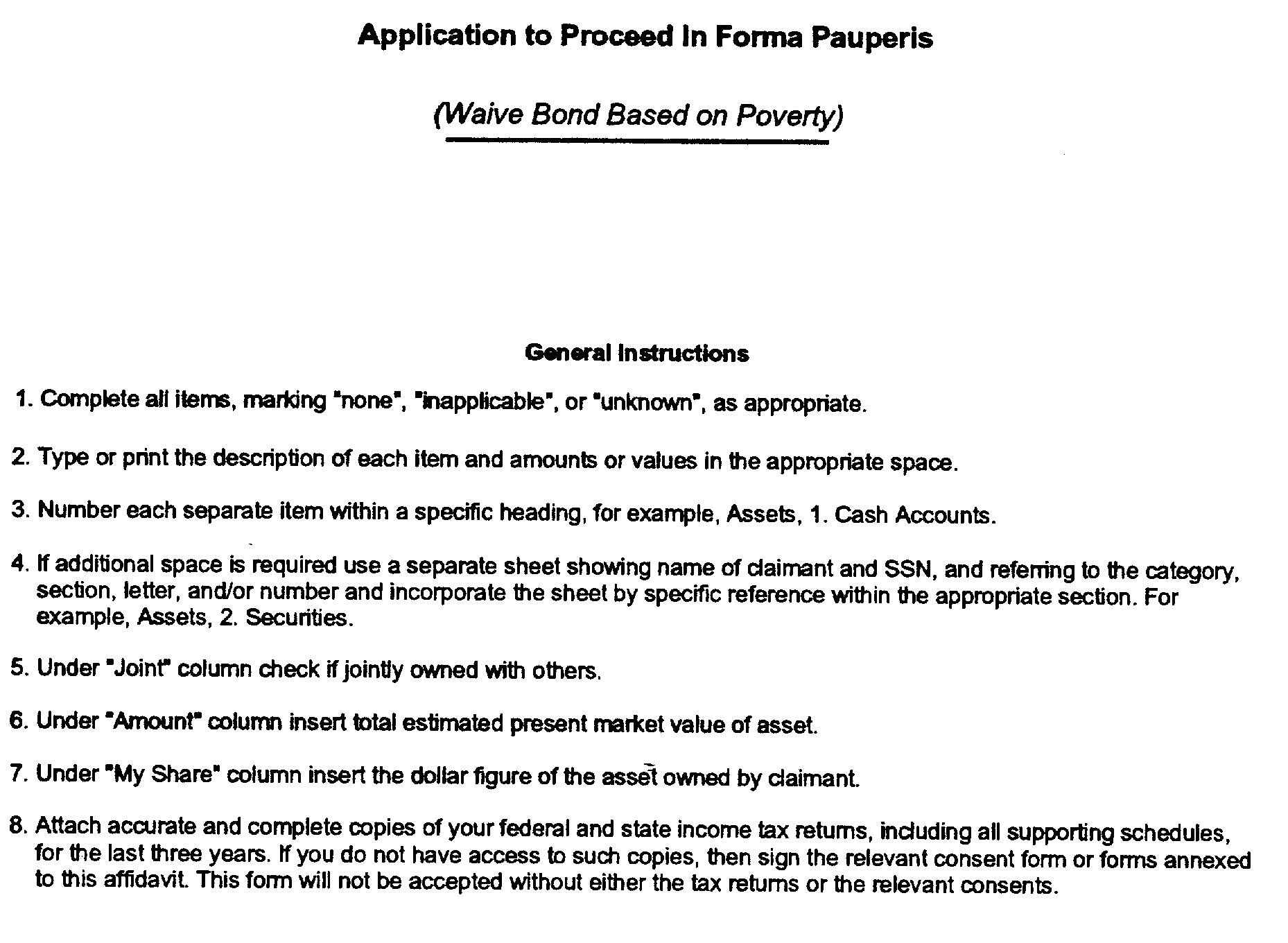
Please click here for the text description of the image.
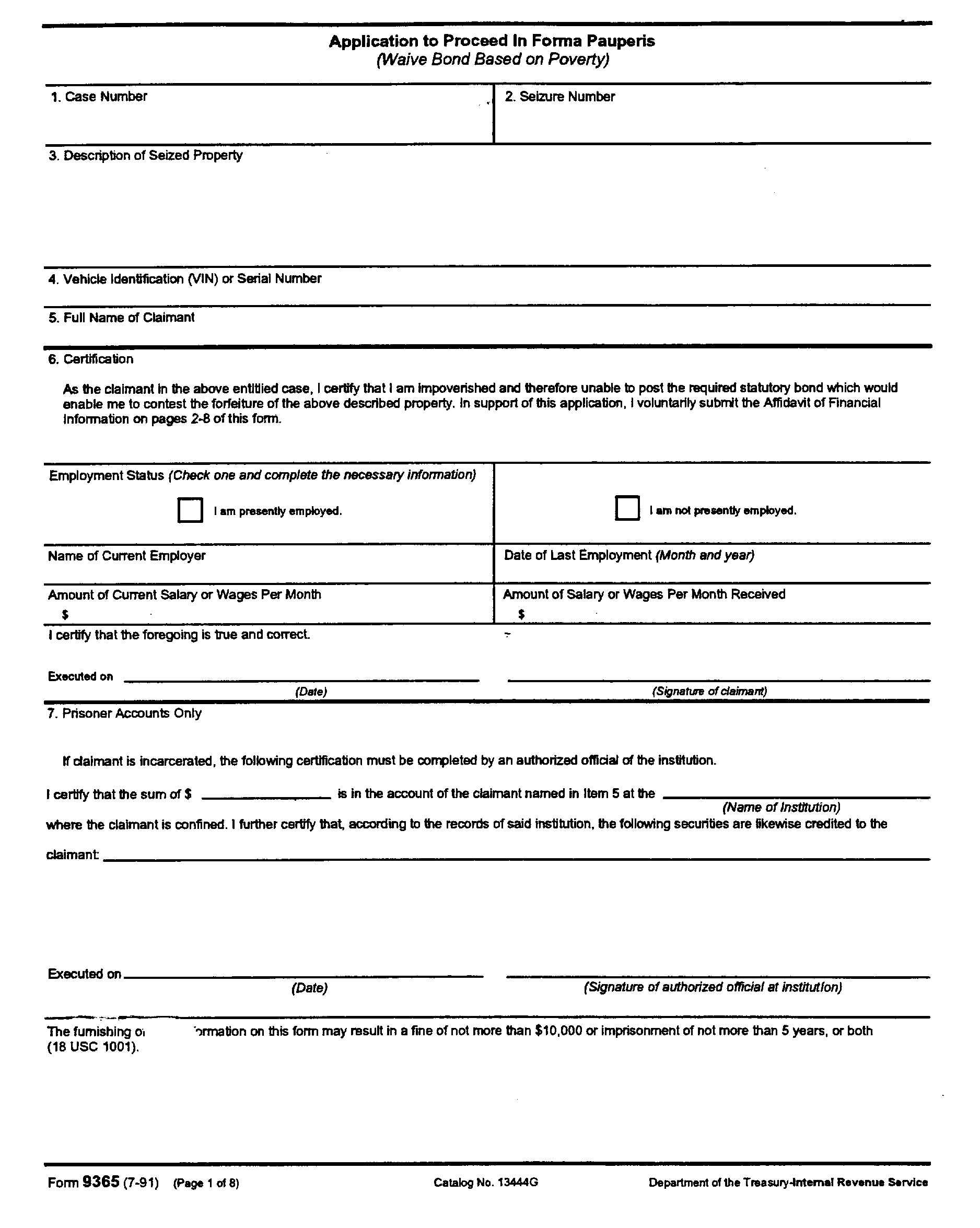
Please click here for the text description of the image.
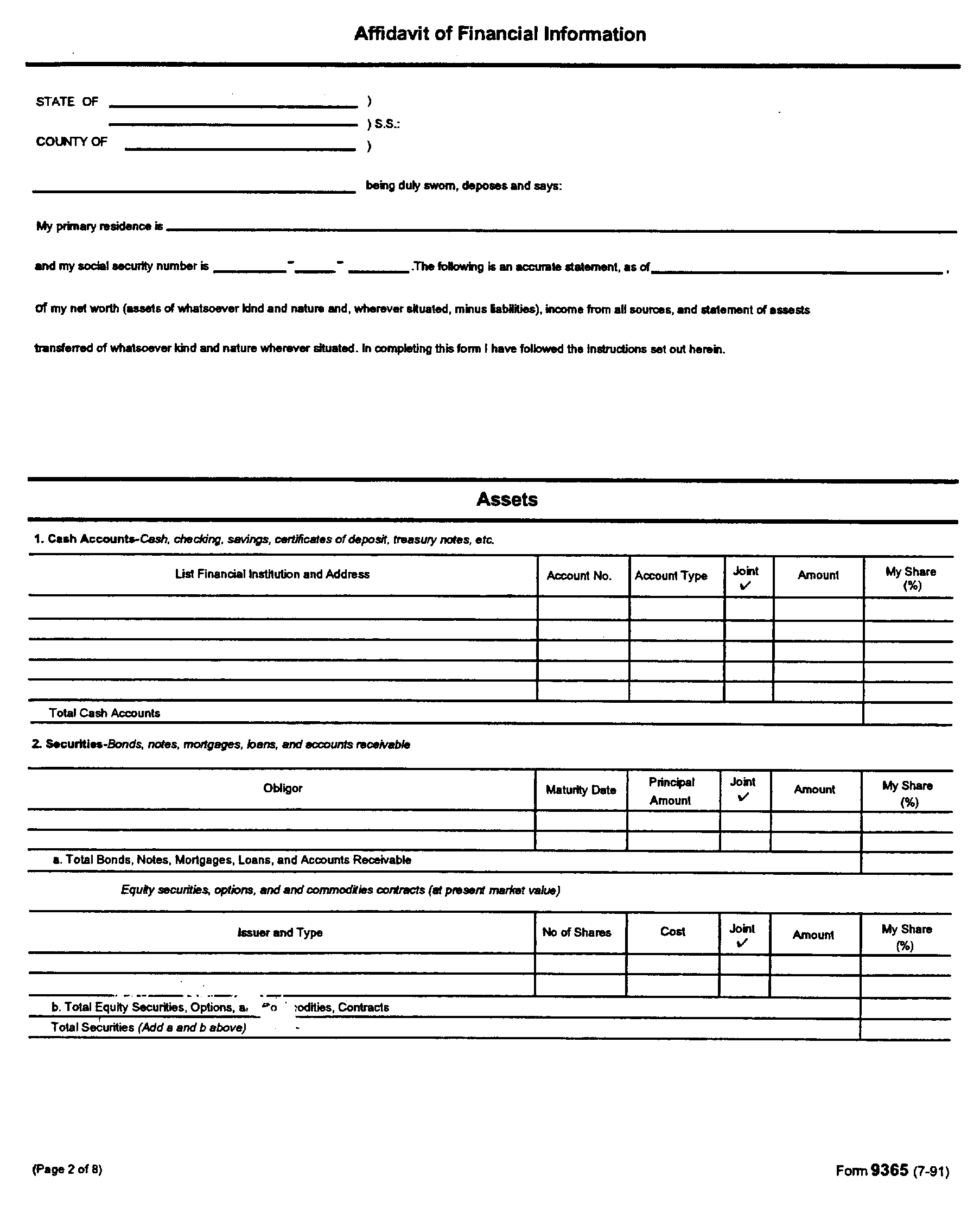
Please click here for the text description of the image.
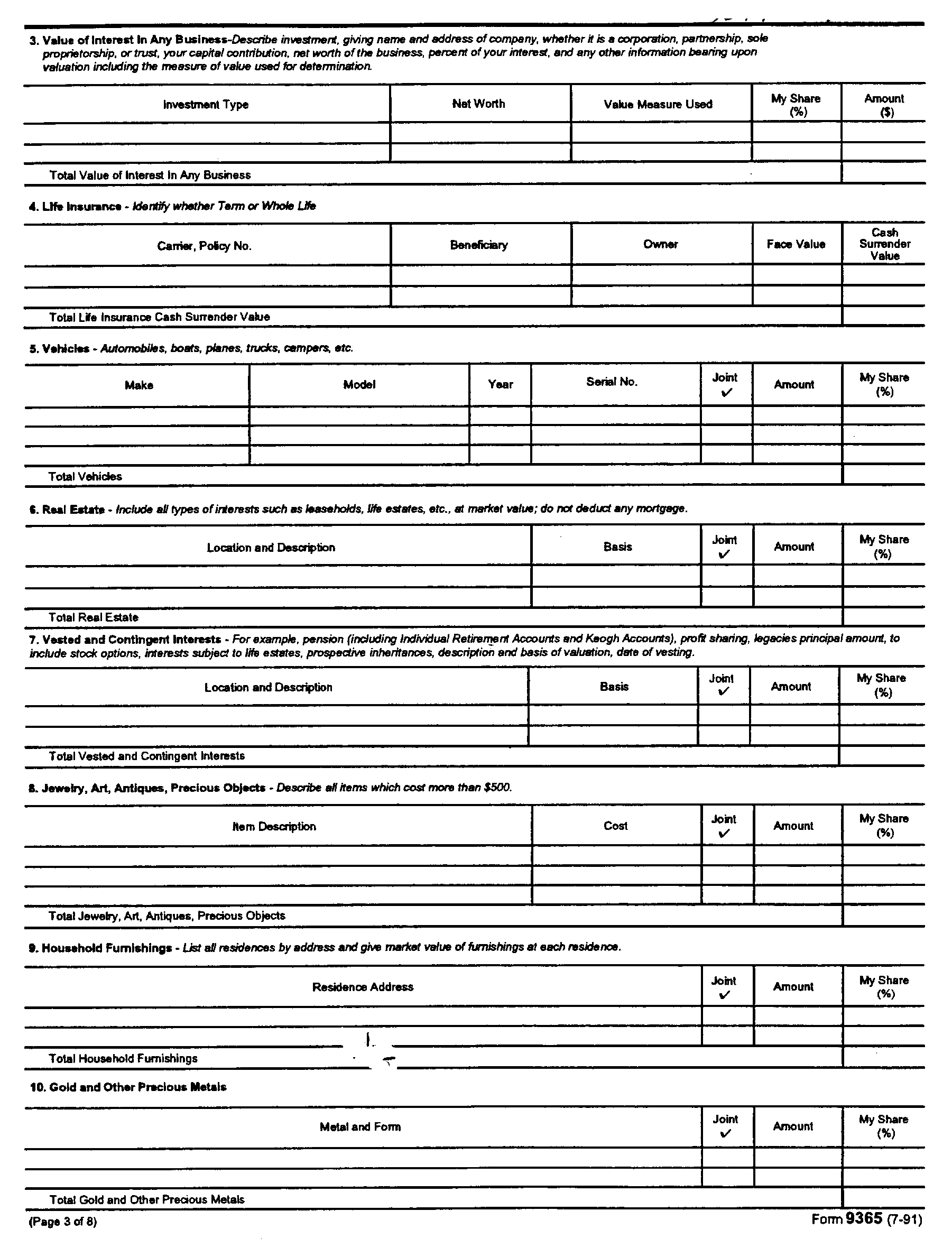
Please click here for the text description of the image.
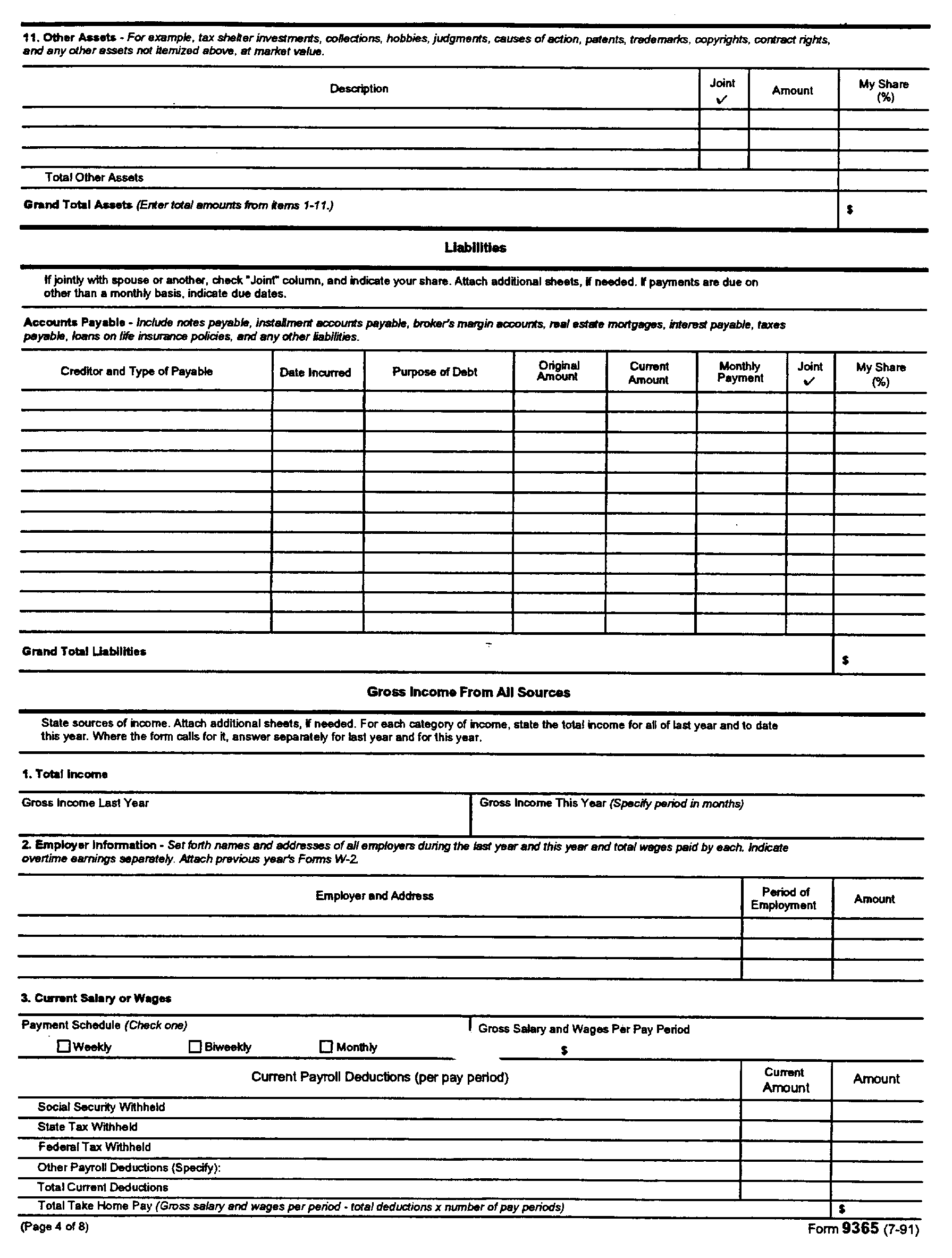
Please click here for the text description of the image.
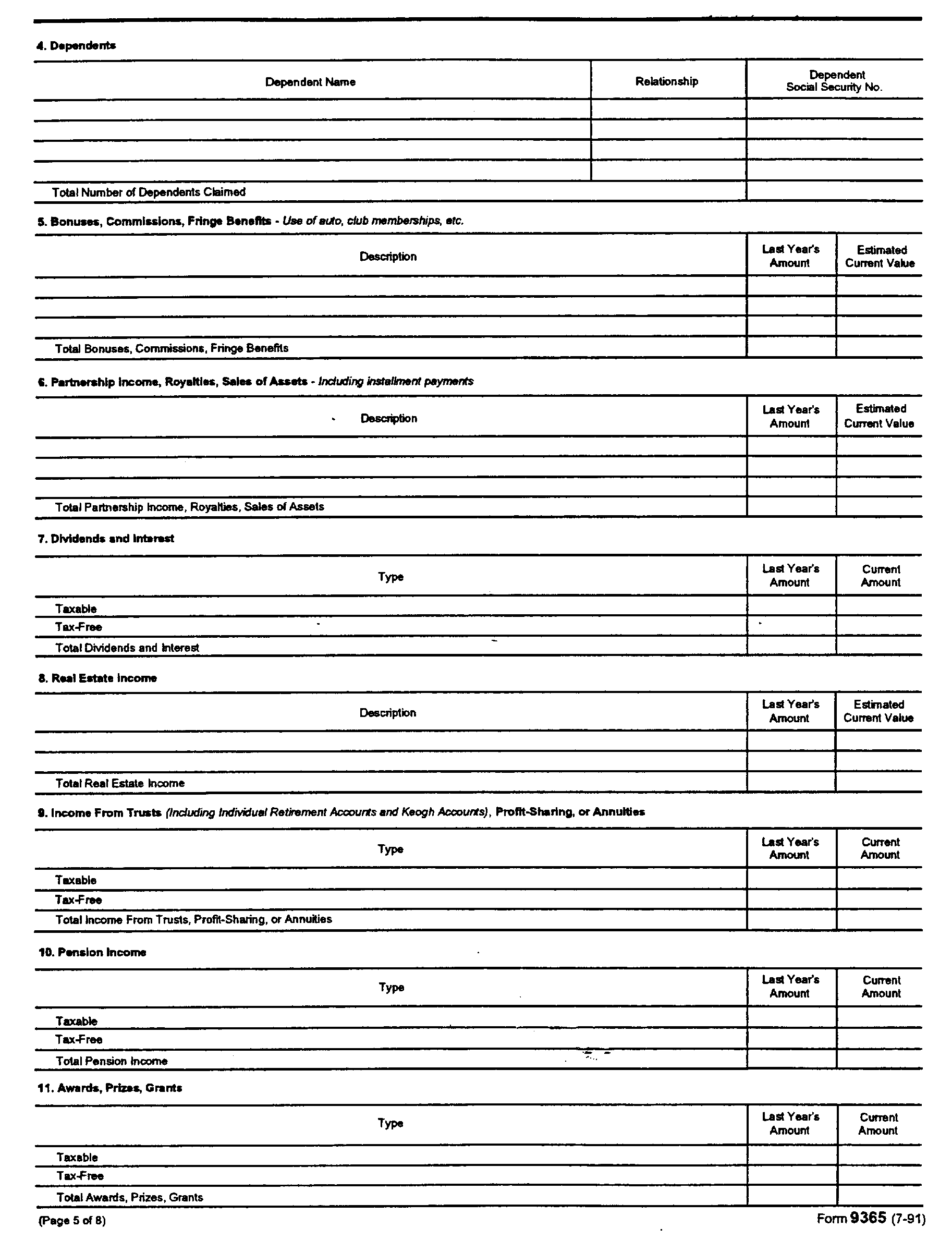
Please click here for the text description of the image.
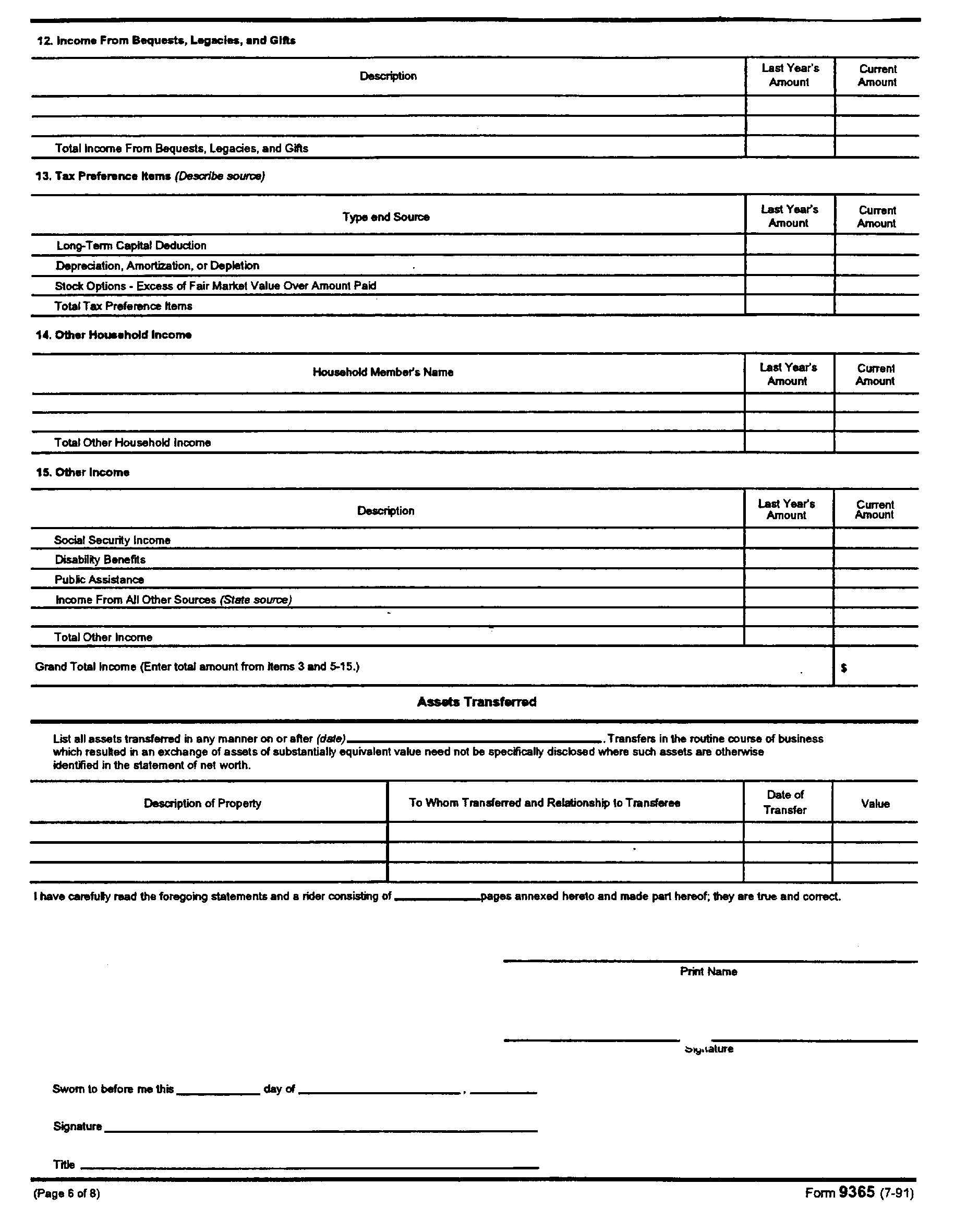
Please click here for the text description of the image.
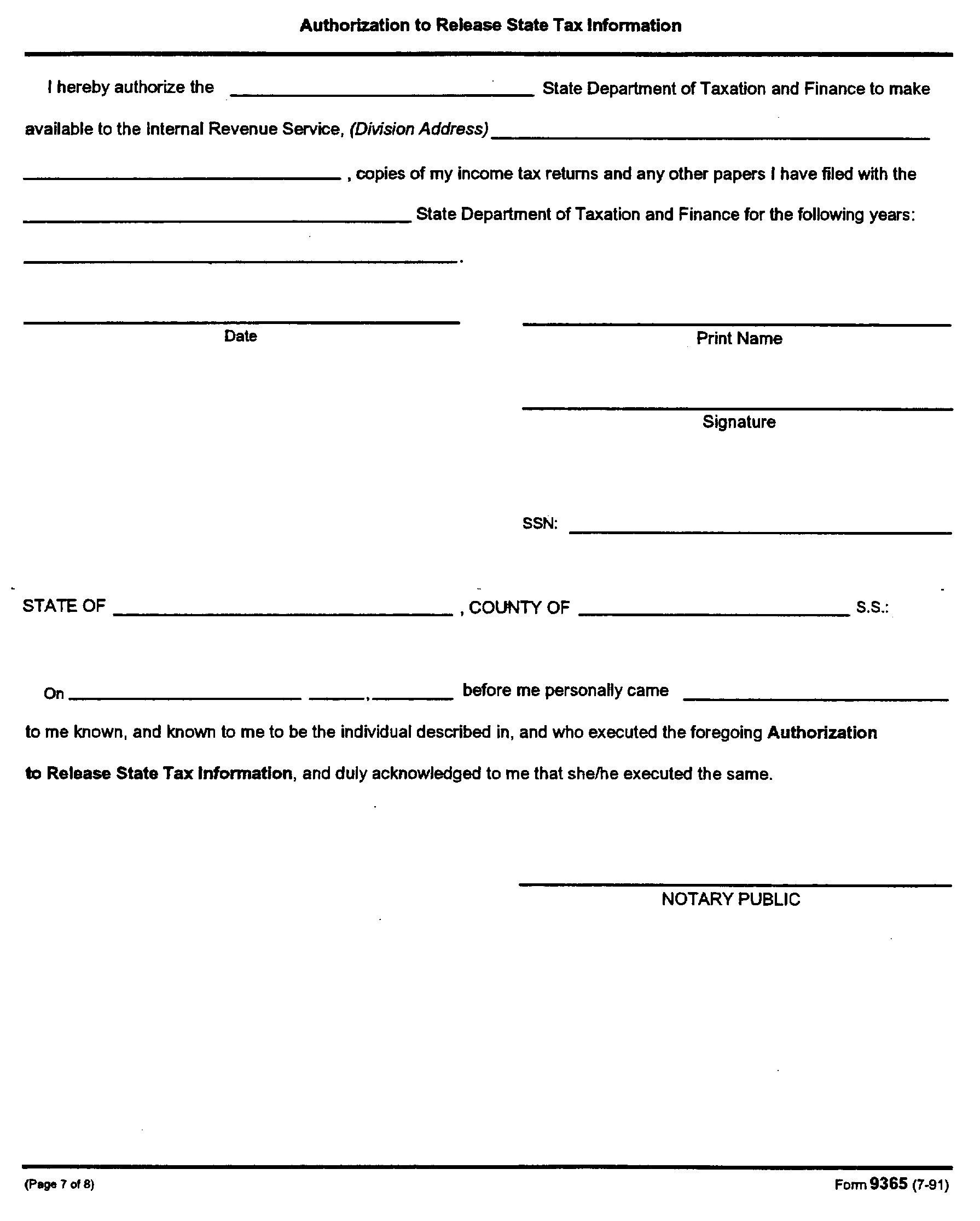
Please click here for the text description of the image.
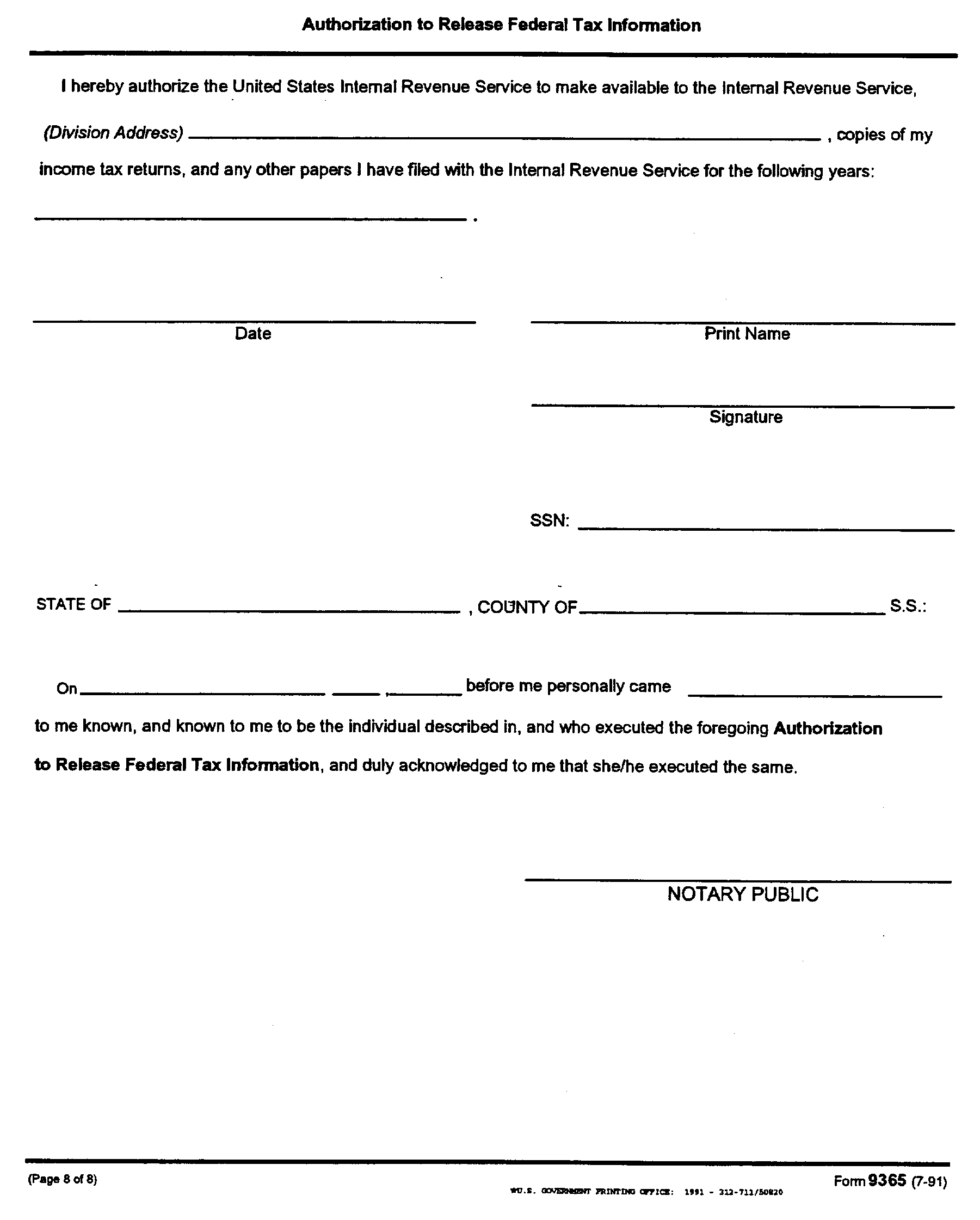
Please click here for the text description of the image.


 )
hoặc https:// có nghĩa là bạn đã kết nối an toàn với trang web .gov. Chỉ chia sẻ thông tin nhạy cảm trên các trang web chính thức, an toàn.
)
hoặc https:// có nghĩa là bạn đã kết nối an toàn với trang web .gov. Chỉ chia sẻ thông tin nhạy cảm trên các trang web chính thức, an toàn.

